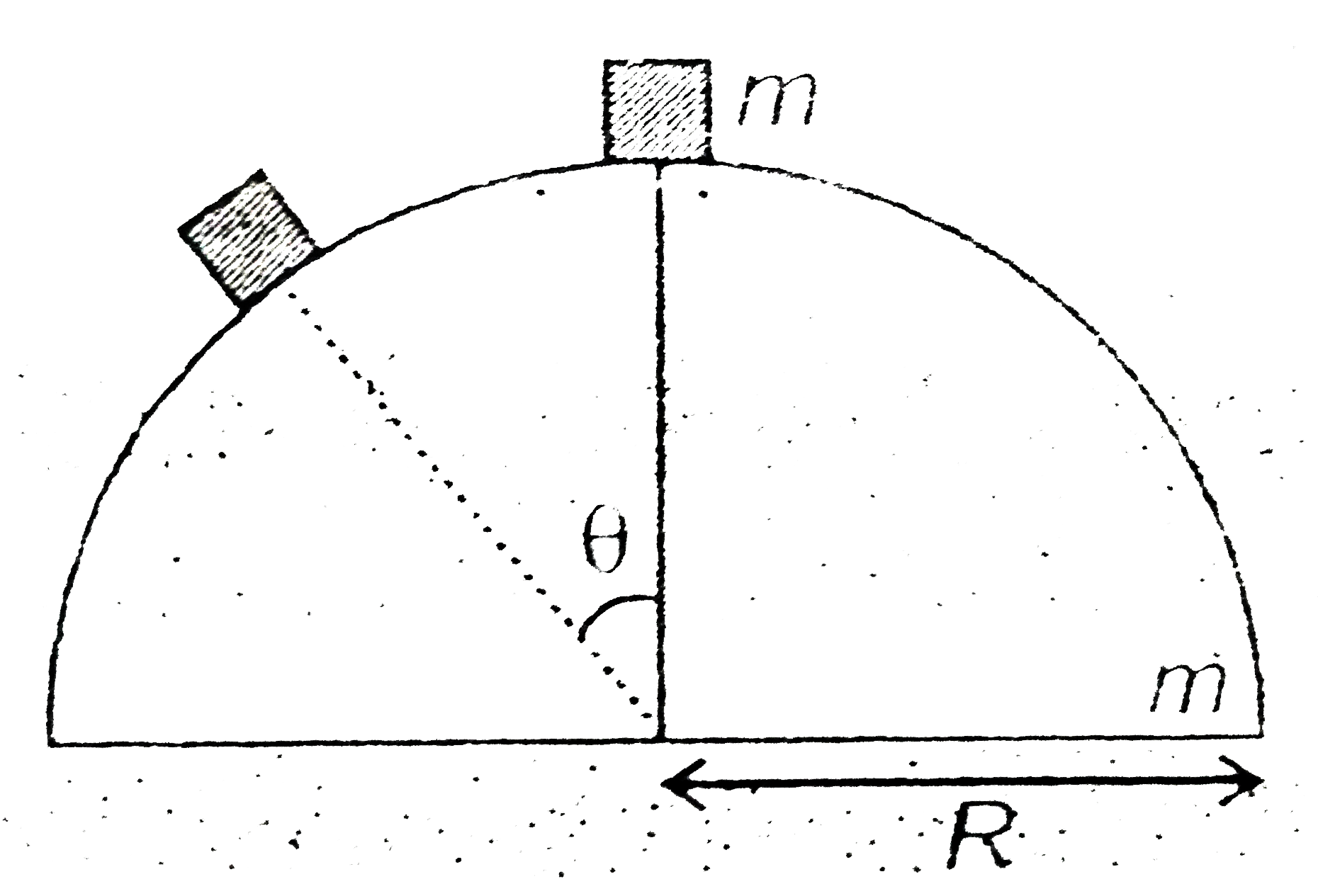A double-slit apparatus is used to observe an interference patten projected on a screen from a stationary light source. If the light source is instead moved toward the double slits at constant speed along the axis of symmetry. What will be observed on the screen ?
The interference patten will remain unchanged
The fringes will move father apart to a new fixed direction.
the fringes will move closer together to a new fixed distance.
The fringes will continue to move further and farther apart as the source is brought closer.
The correct Answer is:A
Topper's Solved these Questions
- PHYSICS PART-IIIBOOK - FIITJEECHAPTER - PHYSICS PART-IIIEXERCISE - ASSIGNMENT SECTION-II SUBJECTIVE
27 Videos
- PHYSICS PART-IIIBOOK - FIITJEECHAPTER - PHYSICS PART-IIIEXERCISE - ASSIGNMENT SECTION-II MCQ (SINGLE CORRECT)
47 Videos
- OPTICSBOOK - FIITJEECHAPTER - OPTICSEXERCISE - NUMERICAL BASED QUESTIONS
2 Videos
- PHYSICS PART2BOOK - FIITJEECHAPTER - PHYSICS PART2EXERCISE - Numerical Based Question Decimal Type
6 Videos
Similar Questions
What type of interference pattern will be observed if two light sources of same wavelengths are used in Young's double-slit experiment ?
View SolutionA particle is placed on the top of a hemispherical shell of same mass. Shell is free to move on the smooth ground. If particle is given a given a gentle push and reaches to angular position q as shown in figure then for an observer fixed on a shell, ratio of reaction force exerted by shell to pseudo force (as observed from shell) acting on particle, is

View Solution
Knowledge Check
A double slit apperatus is used to observe an interference pattem projected on a screen from a stationary light source. If the light source is instead moved towards the double slits at constant speed along the axis of symmetry , what will be observed on the screen ?
AThe interference patten will remain unchangedBThe fringes will move father apart to a new fixed direction.Cthe fringes will move closer together to a new fixed distance.DThe fringes will continue to move further and farther apart as the source is brought closer.A beam of electrons with speed v0 passes through double slits and then is allowed to strike a fluorescent screen. An interference pattern is observed on the screen.
The electrons are instead replaced by protons moving with speed v0 Compared to electrons at the same speed, what happens to the spacing of the interference fringes on the screen?AThe spacing increasesBThe spacing decreasesCThe spacing remains the sameDNone of the aboveIn Young's double slit experiment the two slits are d distance apart. Interference pattern is observed on a screen at a distance D from the slits. A dark fringe is observed on the screen directly opposite to one of the slits. The wavelength of light is
AD22dBd22DCD2dDd2D
An observer measures speed of light to be C, when he is stationary with respect to the source. If the observer moves with velocity V towards the source then the velocity of light observed will be
View SolutionA : In Young.s double slit experiment, we observe an interference pattern on the screen if both the slits are illuminated by two bulbs of same power.
R : The interference pattern is obserbed only when source are monochromatic.
View SolutionIn young's double slit experiment with monochromic light, fringes are obtained on a screen placed at some distance from the plane of slits. If the screen is moved by 5 cm towards the slits, then the change in fringe width is 30μm if the distance between the slits is 1mm, then calculate wavelength of the light used.
View SolutionA double-slit apparatus is set up and green light is used to form the interference pattern. The green light is then replaced by red light. Which of the following changes may allow the spacing of the bright bands on the screen to between to remain unaffected by the of light color ? (Given that the distance between the slits is d and that between the plane of the slite and the screen is D.)
View SolutionWhich scientist performed the double slit experiment to observe the interference of light?
View Solution
